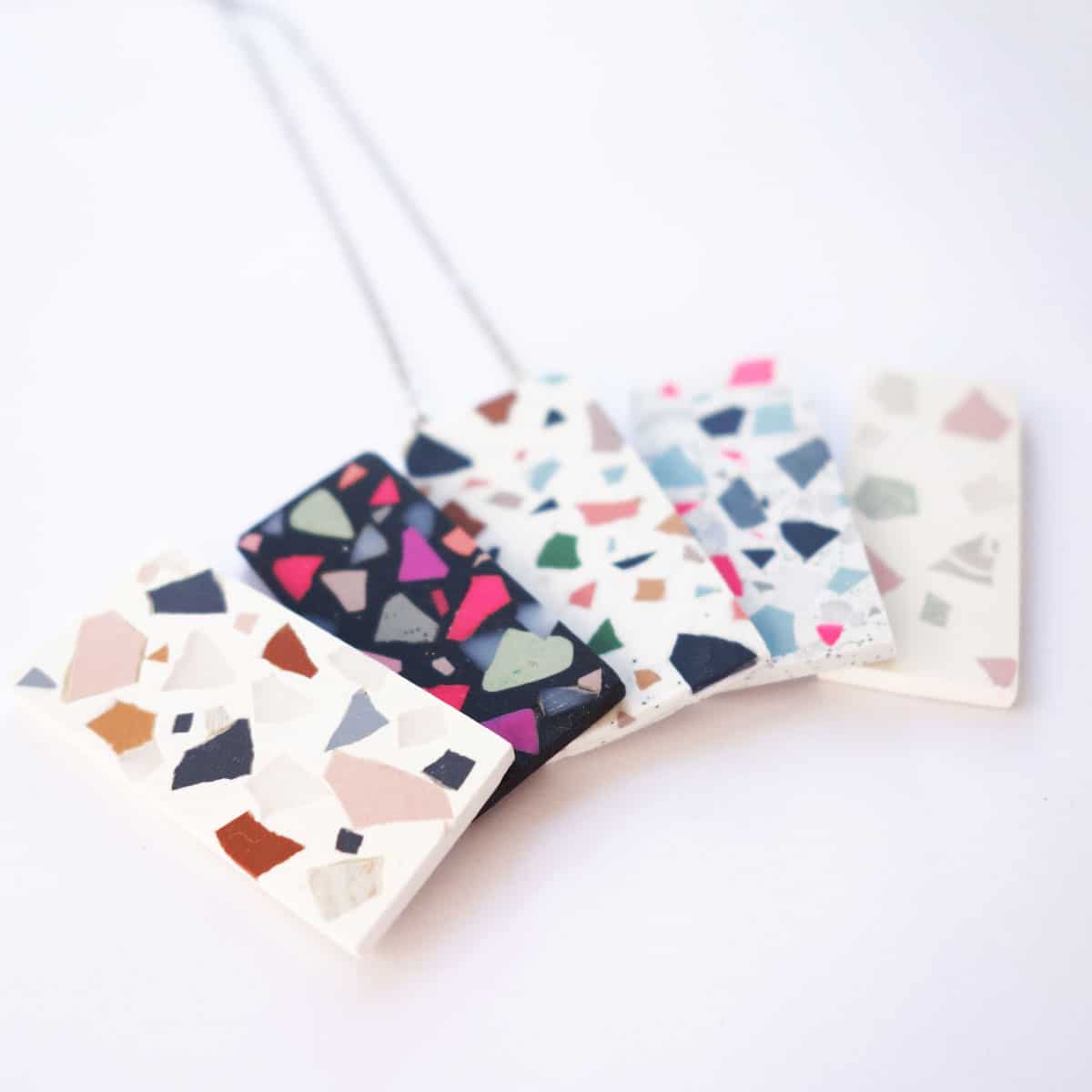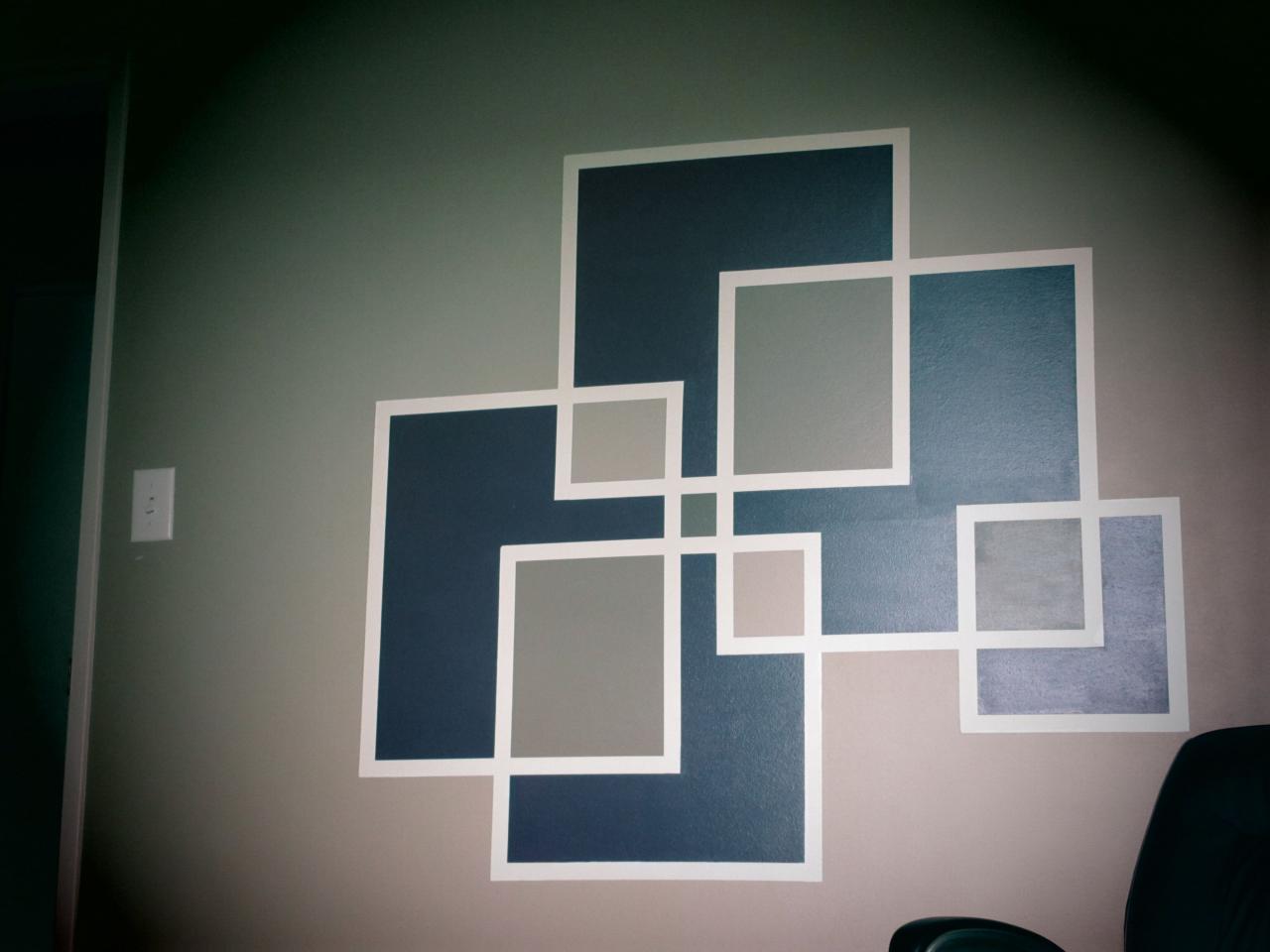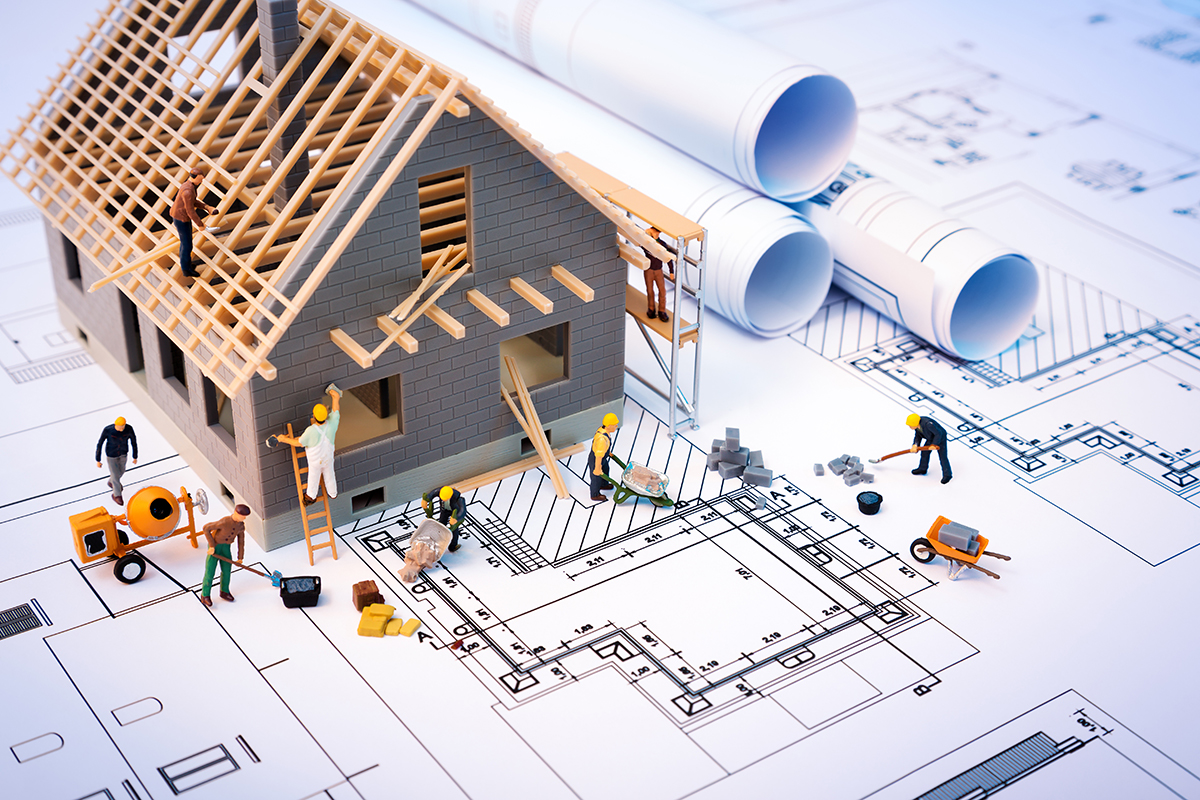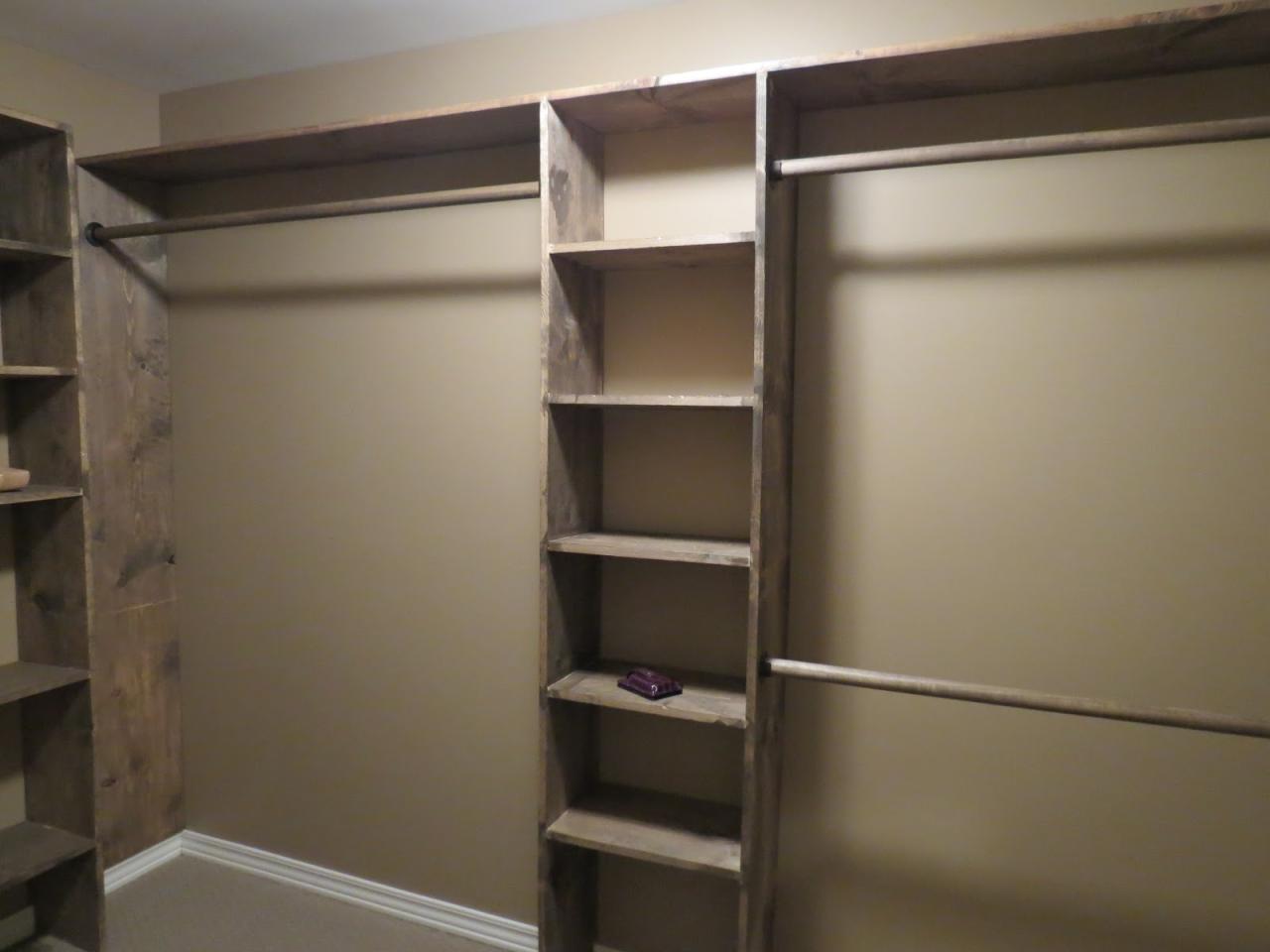DIY Laundry Room: Transform Your Space – Imagine a laundry room that’s not just functional but also a stylish and organized haven. This guide will walk you through the process of creating your dream laundry room, from planning the layout to adding the finishing touches. We’ll explore essential appliances, storage solutions, and design elements that will make your laundry routine a breeze.
Whether you’re starting from scratch or giving your existing laundry room a makeover, this comprehensive guide will provide you with the inspiration and practical tips you need to create a space that’s both efficient and aesthetically pleasing. Let’s dive into the world of DIY laundry room transformations!
Planning Your DIY Laundry Room
A well-planned laundry room can be a game-changer, transforming a chore into a more efficient and enjoyable experience. Before you dive into any DIY project, it’s essential to have a clear vision and a detailed plan. This includes carefully measuring your space and considering your specific laundry needs.
Understanding Your Space
Accurate measurements are crucial for planning your laundry room layout. Start by measuring the length, width, and height of the room. Consider any existing fixtures, like windows, doors, or plumbing, and note their location. This will help you visualize potential placement of appliances, cabinets, and other furniture.
Essential Laundry Room Appliances
A well-equipped laundry room is essential for efficient and convenient laundry care. This section will discuss the core appliances that make up a functional laundry space, emphasizing the different types and their benefits.
Washing Machine Types
Choosing the right washing machine is crucial, as it determines the cleaning performance and efficiency of your laundry. Different types of washing machines cater to specific needs and preferences.
- Top-Load Washers: These traditional machines have a top-loading design, offering a large capacity and a straightforward user interface. They are typically more affordable than front-load models, and their agitator helps to loosen dirt from clothes. However, they consume more water and energy than front-load washers, and their agitator can be harsh on delicate fabrics.
- Front-Load Washers: Front-load washers are known for their energy efficiency and gentle cleaning action. Their horizontal drum uses less water and spins clothes at higher speeds, resulting in faster drying times. They are also gentler on clothes, making them suitable for delicate fabrics. However, front-load washers can be more expensive than top-load models, and they may require more maintenance due to their complex design.
- Heaterless Washers: These washers use ambient air to heat water, making them more energy-efficient than traditional models. They offer faster wash cycles and are ideal for smaller laundry loads. However, they may not be suitable for all types of fabrics, and their cleaning performance may be compromised in colder climates.
- High-Efficiency (HE) Washers: HE washers are designed to conserve water and energy. They use less water than traditional machines and incorporate features like impeller drums and high-speed spinning to improve cleaning efficiency. However, HE washers require special HE detergents, and their cleaning performance may be affected by hard water.
Dryer Types
Dryers are essential for removing moisture from clothes and making them ready to wear. Different types of dryers offer distinct features and benefits.
- Electric Dryers: Electric dryers are the most common type, using electric heating elements to dry clothes. They are generally more affordable than gas dryers, and they can be installed in any location with an electrical outlet. However, they consume more energy than gas dryers.
- Gas Dryers: Gas dryers use natural gas or propane to heat the drum, making them more energy-efficient than electric dryers. They also have a faster drying time, but they require a gas line connection and may be more expensive to install.
- Condenser Dryers: Condenser dryers use a built-in condenser to collect moisture from the air. They do not require venting, making them ideal for small spaces or apartments. However, they may be less efficient than vented dryers and can require more maintenance.
- Heat Pump Dryers: Heat pump dryers use a refrigerant system to heat the air, making them significantly more energy-efficient than traditional dryers. They also generate less heat, making them safer for delicate fabrics. However, they can be more expensive than other types of dryers, and their drying time may be longer.
Stacked Washer/Dryer Combinations
Stacked washer/dryer combinations are ideal for small laundry rooms or apartments with limited space. They consist of a washer and dryer unit that are stacked vertically, maximizing space utilization.
- Space-Saving Design: Stacked units are a compact solution, freeing up valuable floor space in a small laundry room.
- Convenience: Stacked units offer the convenience of having both the washer and dryer in one location, eliminating the need to move laundry between separate appliances.
- Efficiency: Stacked units are typically more energy-efficient than separate washer and dryer units, as they share a common venting system.
Laundry Room Layout
A well-designed laundry room layout ensures efficient workflow and convenient access to appliances and supplies.
- Placement of Appliances: Position the washer and dryer side-by-side, leaving enough space for easy access and loading/unloading. If space is limited, consider a stacked washer/dryer combination.
- Storage Solutions: Incorporate ample storage space for detergents, fabric softeners, and laundry baskets. Open shelves, cabinets, and drawers can help keep supplies organized and accessible.
- Work Surface: Include a countertop or folding table for sorting laundry, folding clothes, and ironing. This provides a dedicated workspace for laundry tasks.
- Lighting: Ensure adequate lighting in the laundry room for visibility and ease of use. Overhead lights and task lighting can improve visibility during laundry tasks.
- Ventilation: Adequate ventilation is essential for removing moisture and odors. Install an exhaust fan to vent moisture and air out of the laundry room.
Laundry Room Countertop & Sink
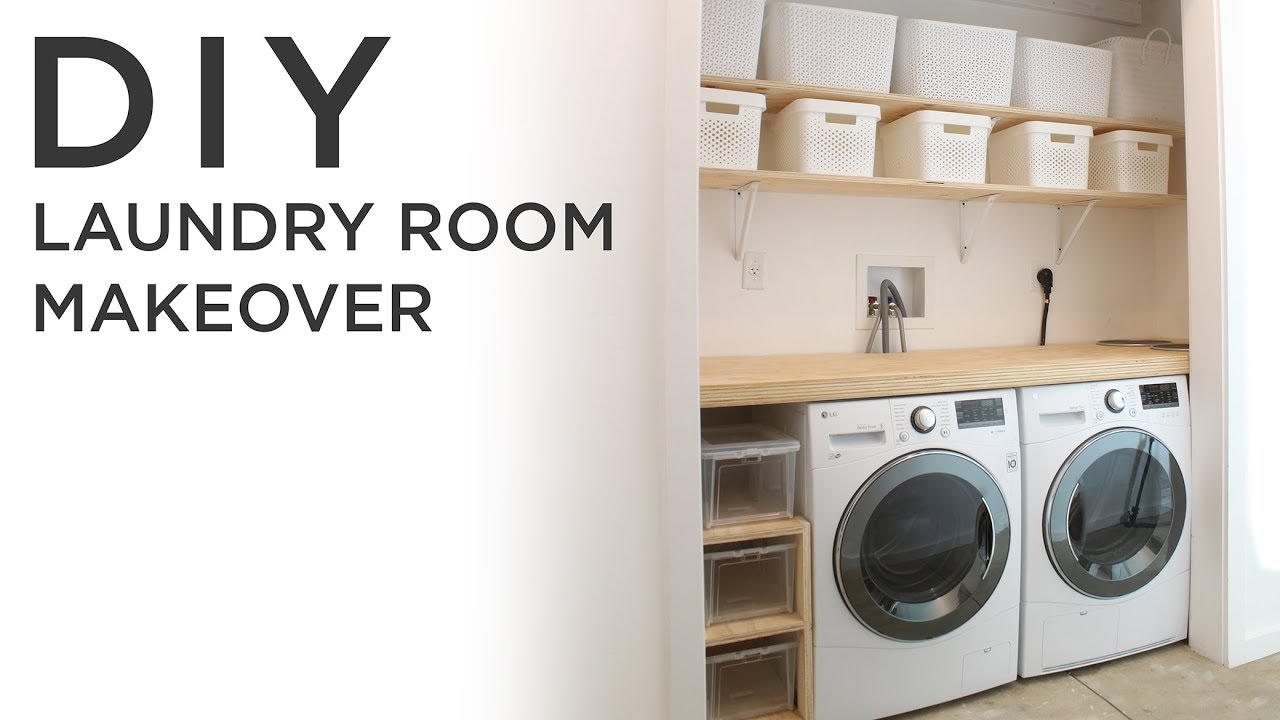
A countertop and sink in your laundry room can significantly enhance functionality and convenience. It provides a dedicated workspace for sorting clothes, pre-treating stains, folding laundry, and even crafting projects.
Countertop Materials for Laundry Rooms
Choosing the right countertop material for your laundry room is crucial, considering its exposure to water, detergents, and potential stains. Here are some popular options:
- Laminate: An affordable and durable option, laminate countertops are resistant to moisture and scratches. They come in various colors and patterns, offering design flexibility.
- Quartz: Known for its durability and stain resistance, quartz is a non-porous material that requires minimal maintenance. It is also available in a wide range of colors and patterns, offering a sophisticated look.
- Granite: A natural stone option, granite is highly durable and heat-resistant. It comes in unique patterns and colors, adding a touch of elegance to your laundry room. However, granite is porous and requires regular sealing to prevent staining.
- Solid Surface: This non-porous material is seamless and easy to clean. It is resistant to stains and scratches, making it a practical choice for a laundry room. Solid surface countertops are available in various colors and patterns, offering design versatility.
Designing a Laundry Room Countertop Area
When designing your laundry room countertop area, consider the following:
- Sink Size and Style: Choose a sink that is large enough to accommodate your needs, whether it’s for hand-washing delicates or pre-treating stains. A single-bowl sink is a popular choice for laundry rooms, while a double-bowl sink offers more versatility.
- Faucet Type: A pull-down or pull-out sprayer faucet is highly recommended for laundry rooms, as it allows for easy cleaning and rinsing. Consider a faucet with a high arc for easier access to the sink.
- Storage Solutions: Incorporate storage solutions under and above the countertop to maximize space. Cabinets, drawers, and shelves can be used to store detergents, cleaning supplies, and other laundry essentials.
Tip: Consider installing a small cabinet or shelf above the countertop for storing frequently used items like stain removers and dryer sheets.
DIY Laundry Room Decor & Style
Transforming your laundry room from a utilitarian space to a stylish and functional haven is achievable with a little creativity and DIY spirit. You can add personal touches and create a space that reflects your unique style by incorporating elements like paint colors, wallpaper, and decorative accents.
Creating a Stylish Laundry Room
A well-designed laundry room can enhance the overall aesthetic of your home. Here are some ideas to create a stylish laundry room:
- Paint Colors: Choose a paint color that complements the overall design of your home. Consider using light and airy colors to create a sense of spaciousness, or opt for bolder colors to make a statement.
- Wallpaper: Wallpaper can add a touch of personality to your laundry room. Consider using a patterned wallpaper to create a focal point or a solid color wallpaper to create a calming backdrop.
- Decorative Accents: Decorative accents can add a touch of personality to your laundry room. Consider using items like baskets, plants, artwork, and rugs to create a welcoming and stylish space.
DIY Laundry Room Decor Projects
There are many DIY laundry room decor projects that can be easily implemented. These projects can add a personal touch to your laundry room and enhance its overall aesthetic.
- Create a DIY Laundry Room Sign: Use reclaimed wood, stencils, and paint to create a custom laundry room sign that reflects your style.
- Upcycle Old Jars: Transform old jars into decorative storage containers for laundry supplies. Paint them in bright colors or add labels for a personalized touch.
- DIY Laundry Basket: Use fabric scraps and a sewing machine to create a unique and functional laundry basket.
Utilizing Storage Solutions
Storage solutions are essential for a functional laundry room. Consider these ideas to maximize storage space:
- Open Shelving: Install open shelving to display laundry supplies and create a visually appealing storage solution. You can add baskets or containers to organize items.
- Wall-Mounted Storage: Utilize wall-mounted storage solutions, such as hooks and shelves, to maximize vertical space and keep items off the floor.
- Laundry Hamper with Storage: Consider a laundry hamper with built-in storage compartments to organize laundry supplies and keep them out of sight.
DIY Laundry Room Projects
A DIY laundry room project can help you make your laundry space more functional and stylish while also saving money. With a little creativity and effort, you can transform your laundry room into a haven of organization and efficiency.
DIY Laundry Room Projects on a Budget
Here are some budget-friendly DIY laundry room projects that can add a touch of personality and practicality to your space:
- Build a Laundry Hamper: Create a stylish and functional laundry hamper using readily available materials like wood, fabric, and hardware. A simple wooden frame can be covered with fabric to match your laundry room decor. You can also add wheels for easy mobility.
- Install Shelves: Maximize storage space by installing shelves above your washing machine and dryer. Use inexpensive materials like plywood or melamine boards, and choose brackets that match your laundry room’s style.
- Create a Folding Station: Designate a specific area for folding laundry by adding a countertop or folding table. A simple table can be constructed from plywood and supported by legs. Consider adding a small drawer for storing folding tools or laundry supplies.
- Organize with Bins and Baskets: Utilize baskets and bins to categorize and store laundry items. These can be made from woven materials, plastic, or metal and can be easily labeled for quick access.
- Upcycle Old Furniture: Give old furniture a new lease on life by repurposing it for your laundry room. A vintage dresser can serve as a storage unit for laundry supplies, while a repurposed cabinet can be used for storing cleaning products.
- Add a Drying Rack: Install a ceiling-mounted drying rack to provide extra drying space for delicates or items that can’t be put in the dryer. You can also create a simple drying rack from PVC pipes and fittings.
Building a Laundry Hamper
Here’s a step-by-step guide for building a simple laundry hamper:
Materials:
- Wood (for the frame) – 1×2 or 1×3 lumber
- Fabric (for the hamper) – Choose a durable and washable fabric
- Staple gun and staples
- Screws and screwdriver
- Measuring tape and pencil
- Scissors
- Optional: Wheels for mobility
Steps:
- Measure and Cut Wood: Measure the desired dimensions for your hamper and cut the wood pieces to size using a saw. Ensure the pieces are cut at right angles for a sturdy frame.
- Assemble the Frame: Join the wood pieces together using screws and a screwdriver. Use wood glue for added strength. Create a rectangular frame with open sides for the hamper.
- Cut Fabric: Measure the perimeter of the frame and cut the fabric to size, leaving a few inches of extra fabric for a neat finish.
- Attach Fabric to Frame: Place the fabric over the frame and staple it securely to the wood. Ensure the fabric is taut and smooth.
- Optional: Add Wheels: Attach wheels to the bottom of the frame for easy movement. This is particularly useful if you have a small laundry room or need to move the hamper frequently.
Laundry Room Safety & Maintenance
A well-maintained laundry room is essential for a safe and efficient home. It’s crucial to prioritize safety measures and follow routine maintenance practices to prevent accidents and ensure your laundry appliances operate smoothly.
Electrical Safety
Electrical safety is paramount in any laundry room, where water and electrical appliances are present.
- Avoid using extension cords: Extension cords can overheat and cause a fire hazard. Instead, ensure your laundry room has sufficient electrical outlets to accommodate your appliances.
- Unplug appliances when not in use: This reduces the risk of electrical shocks and fires.
- Inspect cords and appliances regularly: Check for frayed cords, cracked plugs, or any signs of damage. Replace damaged cords or appliances immediately.
- Keep electrical outlets and appliances dry: Avoid using electrical appliances near water sources, and never touch electrical appliances with wet hands.
- Don’t overload circuits: Ensure your electrical outlets are rated for the appliances you are using. Overloading a circuit can lead to overheating and fires.
- Use ground fault circuit interrupters (GFCIs): GFCIs are essential safety devices that protect against electrical shocks. Install GFCIs in all laundry room outlets and circuits.
Fire Prevention
Laundry rooms are potential fire hazards due to the presence of flammable materials like fabric softener, dryer lint, and cleaning products.
- Clean dryer lint trap after each use: Lint build-up is a major fire hazard. Always clean the lint trap before and after each drying cycle.
- Inspect dryer vents regularly: Blocked dryer vents can lead to overheating and fires. Have your dryer vents cleaned professionally at least once a year.
- Store flammable materials safely: Store cleaning products, fabric softener, and other flammable materials in their original containers and away from heat sources.
- Keep a fire extinguisher handy: Install a fire extinguisher in your laundry room and ensure it is properly maintained.
Laundry Appliance Maintenance
Regular maintenance of your laundry appliances is crucial for their longevity and efficiency.
- Clean washing machine drum and dispenser: Regularly clean the drum and dispenser of your washing machine to prevent mold and mildew growth.
- Check washing machine hoses for leaks: Leaking hoses can lead to water damage. Replace any damaged or worn-out hoses.
- Clean dryer lint trap and vent: As mentioned earlier, cleaning the lint trap and dryer vent is essential for fire prevention and efficient operation.
- Check dryer belts and rollers: Worn-out belts and rollers can affect the dryer’s performance. Replace them as needed.
- Clean dryer exhaust vent: Ensure the dryer vent is clear of any obstructions and properly connected to the exterior of your home.
- Maintain washing machine and dryer levels: Ensure your washing machine and dryer are level to prevent vibrations and noise.
Plumbing Fixture Maintenance
Maintaining plumbing fixtures in your laundry room is crucial to prevent leaks and clogs.
- Inspect and clean drain traps: Clean drain traps regularly to remove hair, lint, and other debris that can cause clogs.
- Check for leaks in plumbing fixtures: Inspect faucets, hoses, and pipes for leaks and repair them promptly.
- Use a drain cleaner: Use a drain cleaner occasionally to remove any stubborn clogs. However, use drain cleaners sparingly as they can damage pipes over time.
- Check water pressure: Ensure the water pressure in your laundry room is adequate but not excessive. High water pressure can damage plumbing fixtures.
Preventing Common Laundry Room Problems
Following these tips can help prevent common laundry room problems:
- Use the correct detergent and water levels: Overusing detergent or using too much water can lead to soap residue and clogged drains.
- Avoid overloading the washing machine: Overloading the washing machine can strain the motor and shorten its lifespan.
- Don’t wash delicate items in hot water: Washing delicate items in hot water can damage them.
- Don’t use fabric softener in every load: Fabric softener can build up in the washing machine and lead to clogs.
- Clean dryer vent regularly: As mentioned earlier, cleaning the dryer vent regularly prevents lint buildup and fire hazards.
- Don’t overload the dryer: Overloading the dryer can lead to inefficient drying and potential damage to the appliance.
Closing Notes
With a little planning, creativity, and effort, you can transform your laundry room into a space that reflects your personal style and meets your needs. From maximizing storage to incorporating stylish design elements, the possibilities are endless. Embrace the DIY spirit and create a laundry room that you’ll love to use. Happy transforming!
Transforming your laundry room into a functional and stylish space is a great DIY project. From organizing shelves to adding a fresh coat of paint, you can personalize this often overlooked room. If you’re looking for inspiration, check out these DIY home projects for ideas on how to enhance your laundry room.
With a little creativity and effort, you can create a laundry room that’s both efficient and enjoyable to use.

